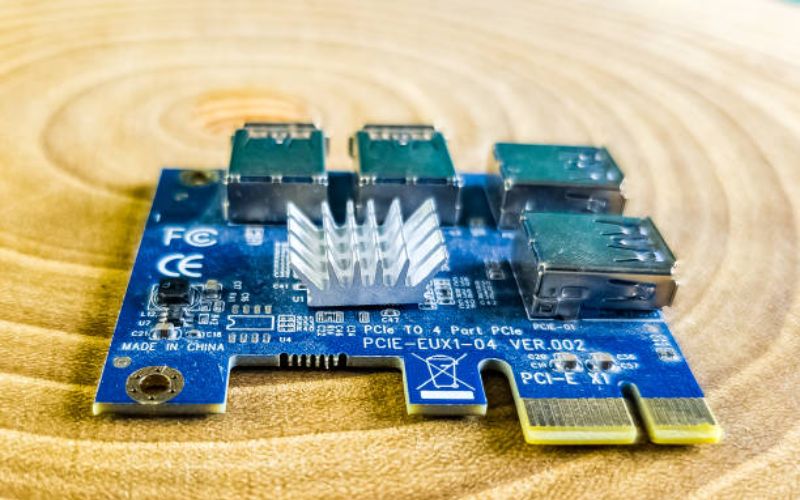cold plate cooling systems: Keeping Your Electronics Cool
Electronic devices generate a large amount of heat during their operation. This heat can cause damage to the device and degrade their performance. In order to keep electronics functioning optimally, cooling systems are necessary. One of the most efficient cooling systems available today is the cold plate cooling system. In this article, we will discuss the advantages and disadvantages of using a cold plate cooling system to cool your electronics.
What is a Cold Plate Cooling System?
A cold plate cooling system is a type of liquid cooling system that is used to transfer heat away from electronic components. Cold plates are made of a highly conductive material such as copper or aluminium and are mounted directly onto the surface of the electronic component. A liquid coolant is then circulated through the cold plate to remove heat from the component and dissipate it into the atmosphere.
Advantages of Cold Plate Cooling Systems
High Efficiency:
Cold plate cooling systems are highly efficient at removing heat from electronic components. The direct contact between the cold plate and the component ensures that all heat generated by the component is transferred to the coolant. This means that cold plate cooling systems can dissipate more heat than other cooling systems such as air cooling or heat pipes.
No Moving Parts:
Cold plate cooling systems have no moving parts. This means that they are quieter and more reliable than other types of cooling systems. They are also less likely to break down due to wear and tear.
Flexible Design:
Cold plate cooling systems can be designed to fit a variety of different electronic components. The shape and size of the cold plate can be customised to fit the specific component being cooled. This makes cold plate cooling systems a more versatile cooling solution than other types of cooling systems.
No Condensation:
Cold plate cooling systems operate at a higher temperature than air cooling systems. This means that there is no risk of condensation forming on the electronic components being cooled. Condensation can cause corrosion and short circuits in electronic components, leading to failure.
Long Lifespan:
Cold plate cooling systems have a long lifespan compared to other types of cooling systems. The lack of moving parts and simple design means that they require minimal maintenance and can last for many years without requiring replacement.
Disadvantages of Cold Plate Cooling Systems
Higher Cost:
Cold plate cooling systems are more expensive than other types of cooling systems. The cost of the materials used in the cold plate and the coolant can be high. Additionally, the customised design required for each component means that the manufacturing process can be more time-consuming and costly.
Restricted Installation:
Cold plate cooling systems require direct contact between the cold plate and the component being cooled. This means that they can only be used in electronic devices where the component is accessible and has a flat surface. This limits the types of devices that can be cooled using cold plate cooling systems.
Requires a Pump:
Cold plate cooling systems require a pump to circulate the coolant throughout the system. This means that they require more power to operate than other types of cooling systems such as air cooling or heat pipes. This can be a disadvantage in situations where power consumption is a concern.
Conclusion
Cold plate cooling systems are an efficient and reliable way to cool electronic devices. They are highly customizable and can be designed to fit a variety of different components. However, they can be more expensive than other types of cooling systems and require a pump to operate. If you are considering using a cold plate cooling system for your electronic device, it is important to weigh the advantages and disadvantages to determine if it is the right solution for your needs.

